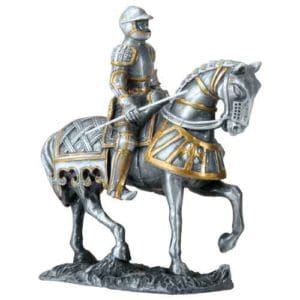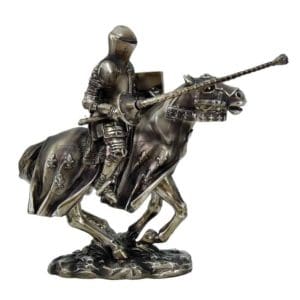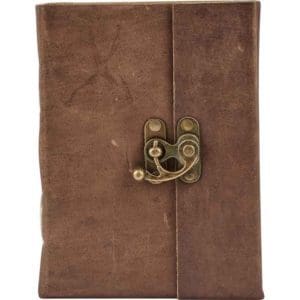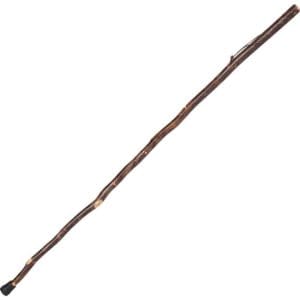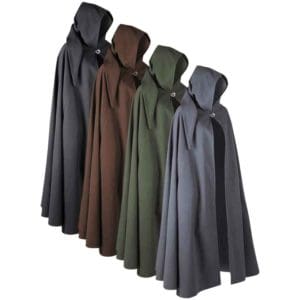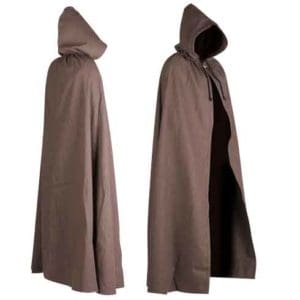Medieval Traveling
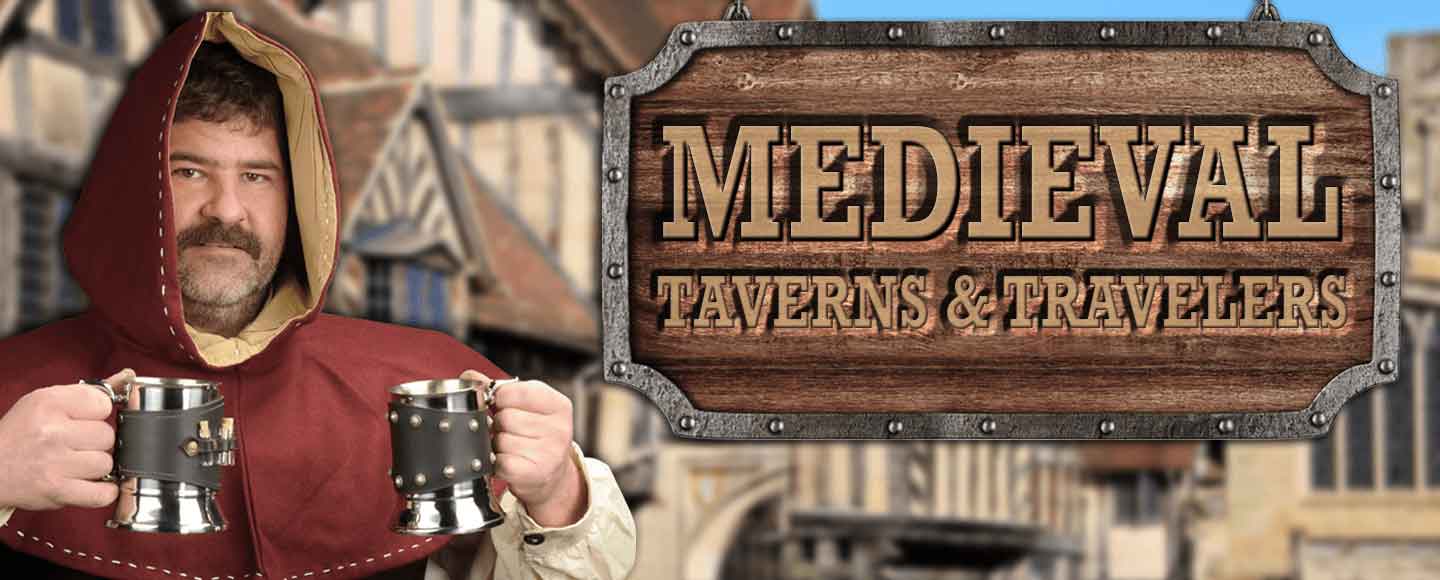
While modern people head off on holidays and vacations, medieval people also did their own share of traveling. While traveling during the Middle Ages does not come up very often in pop culture, it was rather common for people to head off on journeys. This post looks at who was traveling in the medieval world as well as where they would stay on their journeys.
Traveling as a Regular Person
Despite how the medieval world is often portrayed in media, it was rather common for the average person to travel. In fact, the act of pilgrimage was really popular. It was also highly encouraged. The idea of a pilgrimage filled with ordinary people is the premise of Chaucer’s Canterbury Tales. People on pilgrimages would head off to a particular location to see relics or seek divine help. Often, seeking divine help meant help with an illness or thanking the divine for curing them.
When it comes to relics, this could be the remains of a saint or something in relation to their lives. One of the most common relics was a piece of Jesus’s cross. Quite a bit of the time, these could be fake relics. Such an occurrence is mentioned in the Canterbury Tales. However, that doesn’t change the fact that relics were a large draw for the medieval equivalent of tourism.
Again, pilgrimages weren’t just for the wealthy. Anyone could go on them. Historically speaking, the church and religion were massive parts of medieval society, especially before the splitting of the Catholic church. It would have been a part of the culture to seek spiritual experiences. Therefore, it would have been common for a medieval person to say that they wanted to travel to a particular religious site. Overall, pilgrimages existed for a long time. One that still exists in some form today is the Way of St. James that ends at the Santiago de Compostela Cathedral in Spain. This pilgrimage started in the 9th century.
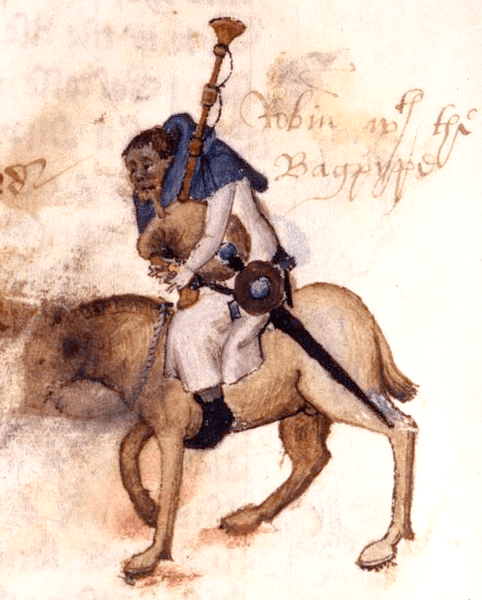
Nobles and Kings: Traveling Kingdoms
Of course, it wasn’t just the common man that traveled, nobles and kings did as well. In fact, many European countries had itinerant courts at one time or another. This was less common in England and much more common in what is now modern-day Germany. This type of court was called a Reisekonigtum. In practice, this meant that the king, his court, and all of the extended entourage would go and visit various places. The entourage could include hundreds, if not thousands, of people as there could be a king’s attendants and servants as well as the courtiers, along with their attendants, knights, and servants as well.
When a medieval royal was traveling, they would often choose to stay at particular cities, monasteries, or the homes of various members of the court. Each visit could last a few days, or weeks, or even sometimes but rarely months. This is part of why castles had so many rooms. You had to host large numbers of people for days or weeks on end. As you might imagine, this could get extremely expensive for the host. They would have to provide enough food and drink to satisfy the court as well as any entertainment the ruler could desire.
During the medieval world, there was a strong emphasis on being a good host. Also, it seems unlikely that any prospective host would want to upset their monarch by being a bad host and ruin any possible positions that they could gain in the future. Therefore, as a host you would try your best to satisfy the king and hope that you didn’t get financially ruined in the process.
Medieval Places to Stay
There were multiple places for a medieval traveler to stay. Where they stayed often depended on their importance in society as well as their wealth and connections. The first place that many merchants, nobles, etc. would stay would be at the home of their associates. Their associates could include distant relatives, friends, associates of friends, etc. For nobles, this would be fellow nobles. This could also take the form of someone staying with a person in a common industry. For example, it was theoretically possible for a member of a carpentry guild in one town staying with a member of a similar guild in another city. This was due in part to the individuals trying to build their networks and business connections. Often though, you had to prove your connections, such as with a stamped letter.
Medieval Inns versus Taverns
Past any personal connections that a person may have, the next place of rest would be something like an inn. Pop culture, especially in fantasy settings, likes to combine inns with taverns. Taverns were basically bars as they were mostly meant for drinking with some food. Inns, on the other hand, were places of rest. When you were traveling in the medieval world, you would purchase a place to rest for the night and maybe get some food and drink along with it. However, you normally wouldn’t get food without paying for a stay at the inn.
Another part of inns that isn’t shared very often in pop culture is the medieval ideas towards beds. In the medieval world and even up into the Tudor period, beds were expensive. They were often built larger to fit more people as that was cheaper than building multiple beds. Even before beds were pieces of furniture, communal sleeping was commonplace, to the point of occurring in artwork. This attitude towards communal sleeping carried over to the use of beds. This means that when you were paying for a place to rest at an inn, you were most likely paying for a place in a bed, rather than the entire bed. You could be lying next to a merchant from one town and a carpenter from another. This was also how information and gossip could spread from one town to another.
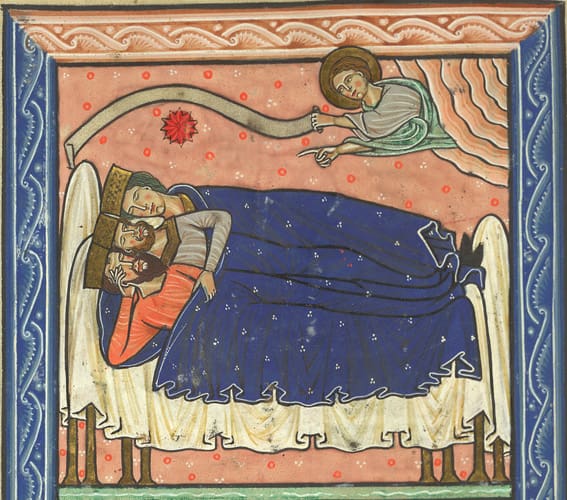
Medieval Hospitals
If for some reason you didn’t have personal connections in the area or you couldn’t find or afford a place at an inn, another place for you to stay was a hospital. Hospitals in the medieval world were often run by monasteries and would have more services than just medical ones. This would include places of rest. Religious beliefs about helping your fellow man were one of the main principles behind the idea of the medieval hospital. Hospitals however were not popular places to stay if you could help it. This is due in part to the other regular residents. Hospitals would take care of the poor, elderly, and a large portion of the sick. For many, it would serve if absolutely need be but was more of a last resort.
In Summary
People in the medieval world had multiple opportunities for traveling, the most common of which was for religious purposes. In this post, we looked at the travels of the common man, nobles, and where they would stay on their journeys. For the medieval person, the world of travel was an interesting one.
Medieval Traveler’s Essentials
Sources:
http://www.godecookery.com/mtales/mtales13.htm
https://www.medieval.eu/medieval-inns/
https://spartacus-educational.com/MEDpilgrimage.htm
https://www.metmuseum.org/toah/hd/pilg/hd_pilg.htm
https://www.bbc.co.uk/bitesize/guides/z27nqhv/revision/1
https://www.interesly.com/history-of-bed-in-medieval-and-early-modern-times/

